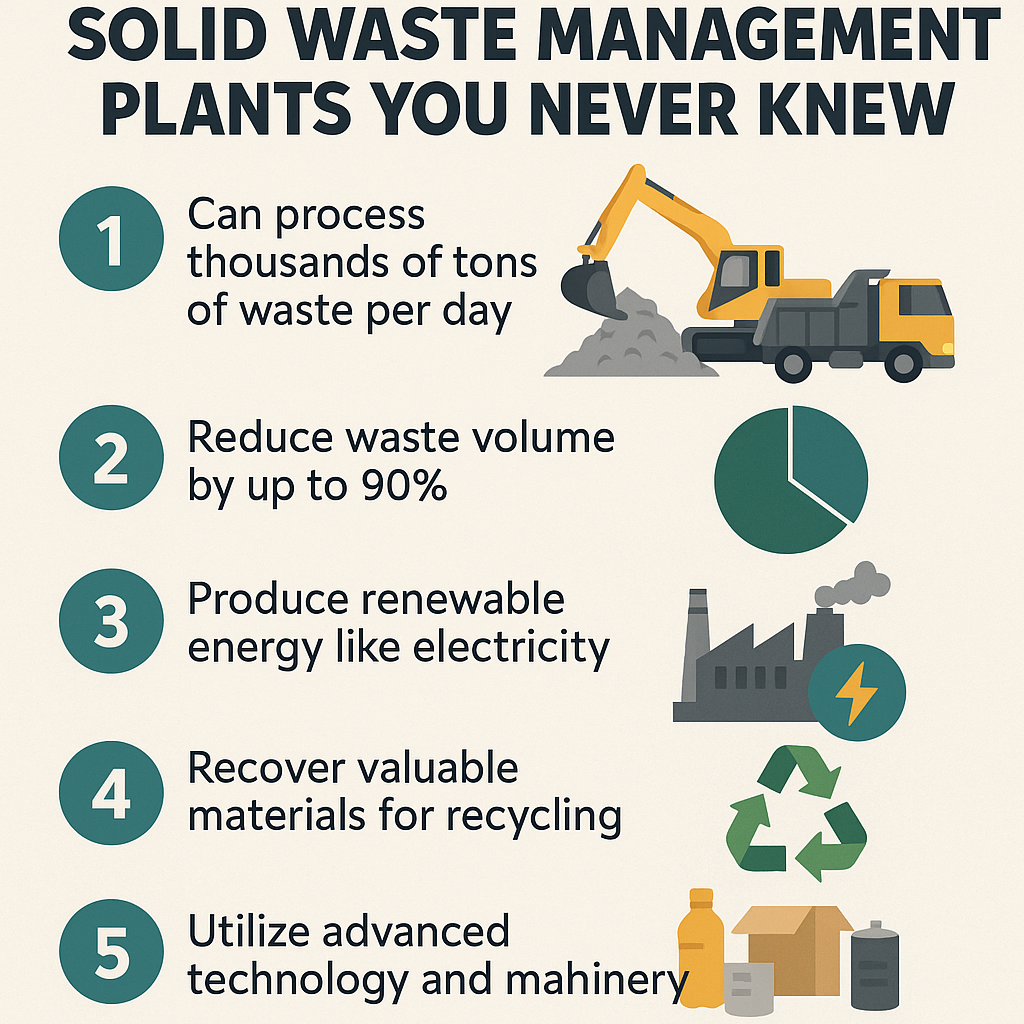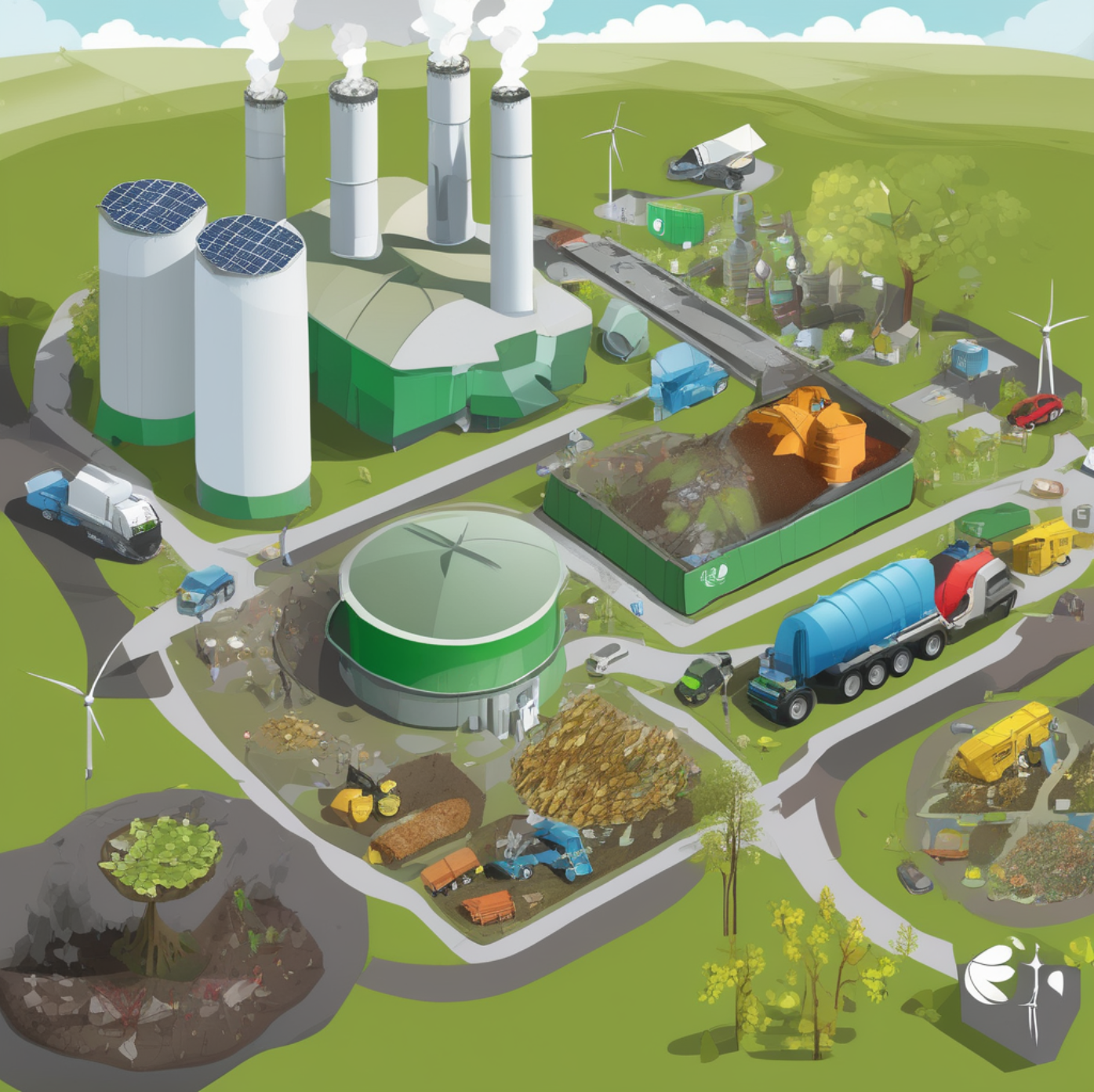
A solid waste management plant in India is much more than a place where waste is dumped. These plants are at the centre of urban sustainability, using advanced systems to handle rising volumes of municipal and industrial waste. Here are five facts that show how vital and impressive these facilities really are.
1. Waste Can Be Turned into Energy
Modern plants often use waste-to-energy (WTE) technology. Instead of sending all waste to landfills, they burn certain types of solid waste to produce electricity or heat. Globally, this reduces the burden on landfills and provides a cleaner energy alternative for industries and cities.
2. Recycling and Composting Save the Environment
Solid waste plants play a major role in reducing greenhouse gas emissions by separating recyclables and composting organic waste. This process not only diverts waste from landfills but also turns food scraps, leaves, and yard waste into compost that can be used in agriculture or landscaping.
3. They Use Smart Sorting and Automation
Many plants now rely on advanced technology like optical sorters, air classifiers, shredders and robotic arms to sort waste more efficiently. These tools make it possible to recover more recyclable materials and reduce contamination, all while improving safety and speed.
4. They Handle Massive Volumes Daily
Globally, over two billion tonnes of municipal solid waste are generated every year. Solid waste plants manage large-scale operations involving transport, sorting, processing, and disposal. Their design and efficiency are key to handling waste sustainably at this scale.
5. E-Waste and Hazardous Waste Need Special Treatment
Electronic waste like old phones, batteries, and appliances contain harmful materials such as mercury and lead. Plants need specialised systems to safely process this type of waste, protecting workers, groundwater, and the air from toxic exposure.
Final Thought
Solid waste management plants are essential to modern waste handling. By turning waste into resources, reducing landfill dependency, and improving environmental outcomes, these facilities help cities stay cleaner, healthier, and more sustainable.







Write a comment ...